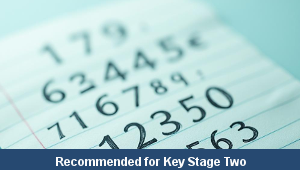Home > Key Stage Two > History > The Maya
Lesson Eight – Maya Debate

This history teaching pack for Key Stage Two gets the children to research and conduct a class debate to identify and explain some of the different reasons for the end of the Maya civilization.
The class can identify and suggest some of the viewpoints that different historians could present to describe how the Mayan civilization changed over time.
Download this teaching pack including a lesson plan, classroom activities and an interactive presentation to teach the children to research and conduct a class debate to identify and explain some of the different reasons for the end of the Maya civilization
Activities in this teaching pack include a shared reading text to suggest some of the reasons for the end of the Ancient Maya civilization in the past and a template to structure and format a discussion text to illustrate how and why the Maya civilization ended.
The interactive presentation gets the children to explore some of the reasons as to why the Maya civilization came to an end in the past by presenting a range of historical viewpoints.
This lesson is part of a history scheme of work to research describe and present information and facts about the culture, traditions and achievements of the Maya civilization in the past . There are teaching activities for shared learning, differentiated worksheets to support independent learning and an interactive presentation to introduce concepts and key skills.
-

Maths Arithmetic Assessment
Assess abilities in solving arithmetic number problems for addition, subtraction, multiplication and division when working with informal and formal written calculations
-

Environment
Identify and describe some of the special landscapes and locations that can be found in the world and reflect on how they can be protected and preserved for the future
-

Silent Letter Words
Explore and illustrate the meanings and spellings of some different words with silent letters when using them in a range of topics and scenarios
-

Complaint Letters
Explain and model how to format and structure writing when composing letters of complaint about different issues and scenarios
